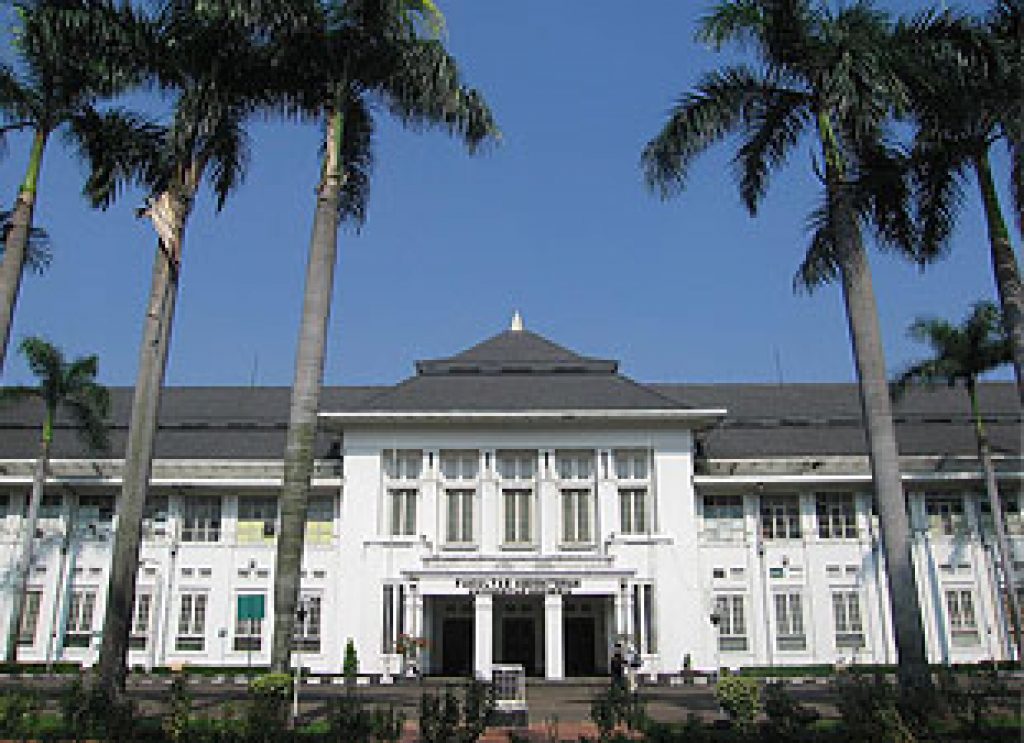
AsianScientist (Mar. 12, 2013) – By Bruce Chapman, ANU – In recent decades Southeast Asian countries have simultaneously enjoyed rapid economic growth and a significant expansion of the higher education sector. But many countries in the region are finding it difficult to pay for this expansion of their universities.
This obstacle can be traced directly to problems with student loan systems, which in many countries either do not exist or have high default rates and/or major implicit interest rate subsidies.
It’s important to remember that banks and other commercial credit organizations will not offer loans to prospective students because the risk that students will default is high and they have no collateral to secure the loans. Governments usually intervene to fix this problem by offering guarantees to lenders that in the event of default the debts will be covered by the public sector. While this resolves the issue for the lender, a commercial bank or government equivalent, there are at least two remaining problems.
The first is that in the event of high student-loan default rates, which are almost always the case, the public sector bears the cost; in some countries the default rates are so high that the loans are effectively government grants. To help minimize defaults, some countries (for example Thailand) provide very heavily subsidized loans in the form of extremely low interest rates on the loans. But this is just a different way of governments incurring high costs on student loans.
The second issue is related to the first. If governments didn’t subsidize student loans then graduates would have to use a significant proportion of their income to repay unsubsidized loans. This proportion is a critical phenomenon known as the ‘repayment burden.’
Repayment burdens for unsubsidised student loans in countries with low graduate incomes are extremely high, especially for the relatively poorly paid — say, the bottom 20 percent of all graduate earners in the country. For example, in Vietnam and Indonesia the lowest-earning graduates need to use around 40-70 percent of their income for loan repayments. Even those who receive the same wage but who managed to get a heavily subsidized loan devote at least 20 percent of their income to paying off debt.
These high repayment burdens are associated with three major problems: first, a significant minority of graduates have to reduce expenditure in many areas to extremely low levels in order to meet their loan repayments; second, some of the student debtors will default on their repayment obligations because their incomes are too low – this affects their credit reputation and capacity to borrow for other purchases (such as a house) in the future; and third, when students default on their loan repayments, governments have to pay the loans, reducing the capacity of the public sector to provide government services, or implying a need for higher taxation.
There is a solution to these problems. ‘Income-contingent loans’ allow student debtors to repay their obligations depending on their future incomes. The Australian HECS model operates exactly like this, and there are now other countries that operate student loan systems in the same way: New Zealand, South Africa, Hungary, England and South Korea, for example. A number of countries, including Chile, Malaysia, Thailand and Colombia, are exploring the feasibility of introducing income-contingent loans, and in December 2012 a bill was introduced to the US Congress aimed at removing the current student loans programs and replacing them with income-contingent loans.
But can countries with less developed income tax systems, such as Indonesia, Vietnam, the Philippines, Malaysia and others, institute income-contingent loans systems that will operate effectively? After all, what is necessary on this area of public policy are institutions with the capacity to collect the repayments depending on graduate incomes. Before they can set up income-contingent loans, Southeast Asian countries will require accurate information and effective tax collection mechanisms.
Bruce Chapman is Professor of Economics and Director of Policy Impact at the Crawford School of Public Policy, the Australian National University.
These and related issues are to be fully examined in a series of conferences being held in Bangkok from 16-21 March, organised jointly by Dhurikj Pundit University and the Crawford School of Public Policy, ANU.
——
Source: East Asia Forum; Photo: Luluk/Flickr/CC.
Disclaimer: This article does not necessarily reflect the views of AsianScientist or its staff.












